A Japanese treasure between tradition, freshness and culinary surprise
What is it?
The real wasabi is a plant. This root is native to Japan. She is a member of the Japanese horseradish family, which is highly appreciated for its unique flavour and its many health benefits.
80 to 90% of production fresh wasabi is concentrated in Shizuoka Prefecture. Nearly 800 families live in its culture. They master the art of cultivating this delicate plant, which requires very specific soil and temperature conditions to thrive.
Cultivated for centuries, it is renowned for its spicy taste and medicinal properties.
Natural conditions for producing wasabi
This japanese spice, also known as wasabia japonica, grows naturally in the mountainous regions of Japan.
The wasabi root has a need for specific natural conditions to develop. Its success lies in the presence of natural streams, springs, located on the fresh slopes of the mountains. Throughout the 12 months of the year, water must have a constant temperature between 10 and 16°C.
A demanding culture
The terrace of wasabi harvests in its entirety, never partially. The harvested seeds will be replanted on open terraces and harvested 12 months later. This is the time required for the full growth of wasabi.
The soil is therefore composed of sand, rich in minerals and perfectly drained in depth and surface.
Water is non calcareous and very soft. Its terraces are rich in natural nutrients. After harvesting, the sand from the terraces is washed with water under pressure to remove the mud and mud. The cleaned terrace remained a week at rest before a new culture.
.png)
Two cultures, two identities
Hon wasabi is distinguished by two major cultivation methods that directly influence its taste:
1. The river wasabi: authentic
Cultivated in mountain rivers, at a constant temperature of 10 to 12°C, this wasabi grows slowly. It grows on a bed of gravel and sand, in shallow terraces.
This natural culture, often located at altitude, gives an exceptional wasabi. Without bitterness, it offers immediate freshness in the mouth, followed by a puff of aromatic heat. Its taste profile is pure, clean, almost crystal clear.
.png)
2. Plain Wasabi: irrigated cultivated
In the Nagano region, another more accessible method is to irrigate the plants to a plant and sandy soil. Although easier to produce, this wasabi is more earthy, with marked bitterness and more raw aromas. It also contains less volatile species than its river cousin.
A fragile crop and a coveted product
The wasabi requires one to two years of cultivation to reach maturity. He's sensitive to natural predators like the cervids... as to thieves! A rare and precious product, it grows slowly and under very specific conditions. Most crops are grown on terraces, with accurate water flow control.
A complex and spicy taste
Wasabi is not just a noseburn! Its taste is complex, vegetal, fresh, with a prickly and volatile tip that quickly rises to the nose... to disappear immediately. Unlike peppers, its heat does not remain on the tongue: it explodes and then fades.
Its taste is often described as intense, spicy and aromatic. Its fragrance can be described as grassy, floral and slightly earthy. A bright heat rises quickly in the nose to give way to sweetness. This rich and tasty flavour is a perfect balance of taste.
The river, the most authentic, offers a pure, sweet and subtly sweet attack, followed by a very clean aromatic puff. The plain, more common, develops earthy and bitter notes, with a sharper spike.
It is an indispensable condiment for sashimi or Nigiri Sushi, wasabi is a typically Japanese spice. The true wasabi is obtained by grating the root of the wasabi plant. It has a light and fruity smell and a sting that rises directly to the nose
A versatile ingredient, well beyond sushi
The leaves, stems, root and flower are eaten. While wasabi often accompanies sushi and sashimi, it is no longer limited to the green paste slipped under raw fish. Its uses go far beyond just in Japanese restaurants:
On grilled red meat or beef carpaccio, it sublimates the flesh with intensity.
It raises broths, dashi, and tartars (meat, shellfish, vegetables, or even seaweeds).
It also accompanies grilled fish: mackerel, sardine, white fish... or even roasted chicken.
It is also excellent to perfume mayonnaises, fresh creams, vinaigrettes...
In sweet creations, wasabi amazes: the Japanese made it a KitKat! And more and more chocolate makers dare this wedding.
Like mustard in France, wasabi is a true enhancer of taste: it amplifies without masking, and awakens without dominating.
New forms for new uses
Discover our authentic Japanese Wasabi products.
The famous wasabi paste
Wasabi is a spicy green paste served with sushi for many neophytes.. In 95% of cases outside Japan, it is not wasabi, but a mixture of horseradish, mustard and dyes. So, what is the real wasabi and how is its dough so different?
Raifort vs wasabi: the great confusion
The horseradish, a European plant cousin of the Wasabi, has a strong, lasting spice and pronounced bitterness. Less subtle, it is more aggressive, without the mentholic freshness typical of real wasabi.
Industrial pasta found in large areas or in many restaurants is usually made from horseradish. It is often added green dye (to imitate wasabi), starch or thickeners, artificial aromas.
The powder very rarely contains more than 2 to 10% true wasabi, the rest being dehydrated horseradish. It does not restore the freshness or aromatic complexity of grated rhizome.
Why choose the real wasabi dough?
Because it transforms the culinary experience:
- It respects the flavours of foods (including raw fish, meat, vegetables or crustaceans).
- It acts as a natural enhancer, as sweet mustard, without dominating.
- It offers a unique aromatic dimension, sought in gastronomy.
At Nishikidôri, we offer you all year from Hon Wasabi paste to the real Wasabi.
Wasabi oil
A modern, practical and amazing way to enjoy the aromas of wasabi. It is finely grated, then infused cold into a sweet rice oil. Wasabi oil blends perfectly in dressing, broth, mayonnaise or sauce. It raises a dish without pricking it sometimes too strong from the dough. It is more affordable than pure rhizome because it has a possible conservation.
Wasabi sesame seeds:
Sesame seeds in wasabi are an example of Japanese taste control. From the furikake tradition, they combine crispy, aromatic power and finesse, in a playful and ready-to-use format. Sesame seeds with wasabi enhance a multitude of dishes: white rice, pasta, marinades, fish and grilled meats, homemade breads, cheeses, salads...
Sauces and dressings:
The wasabi is gifted in the form of wasabi sauce and ready-to-use dressings. Married with other noble ingredients such as yuzu juice, it reveals all its complexity: delicate spicy, vegetal freshness and deep umami.
In cooking as in creative gastronomy, wasabi oil becomes an ingredient of surprise, ease, and immediate aromatic.

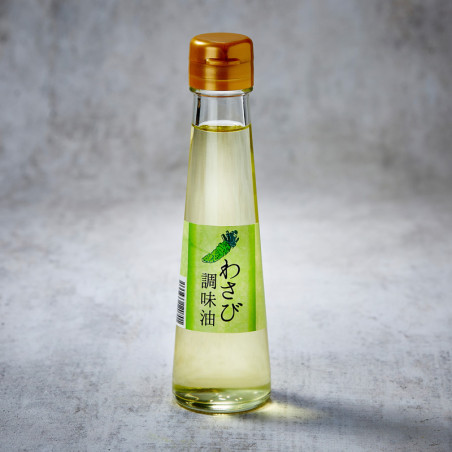






























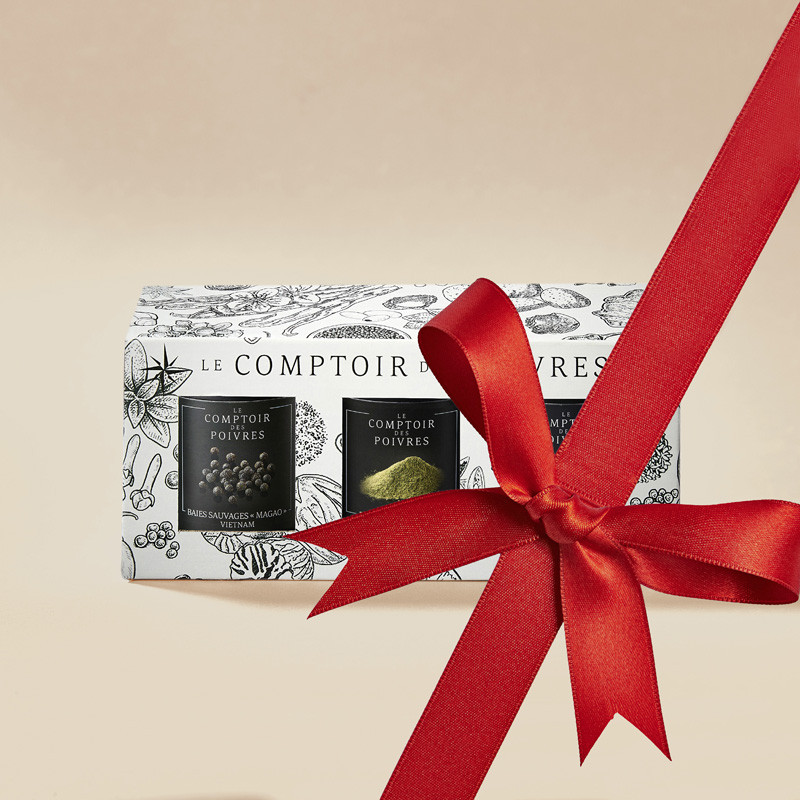













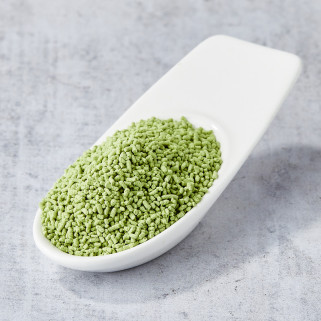

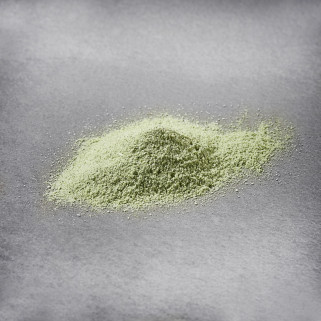



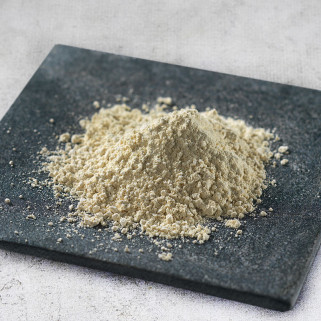



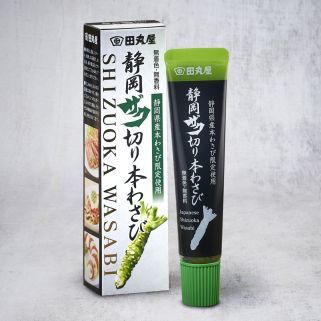



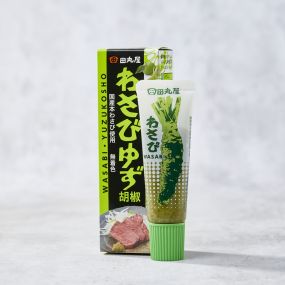



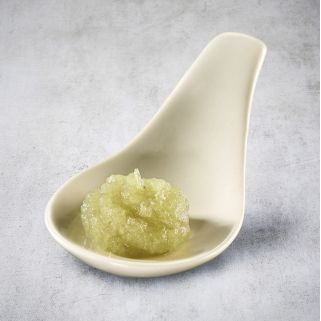



.png)
.png)





